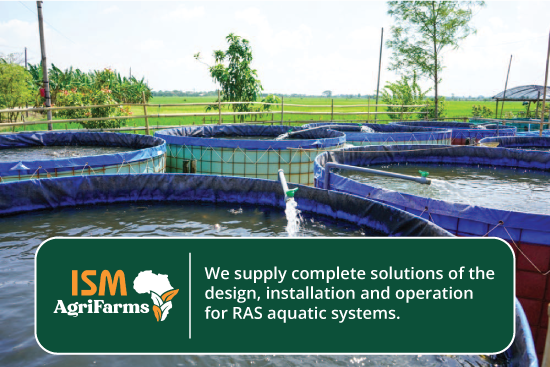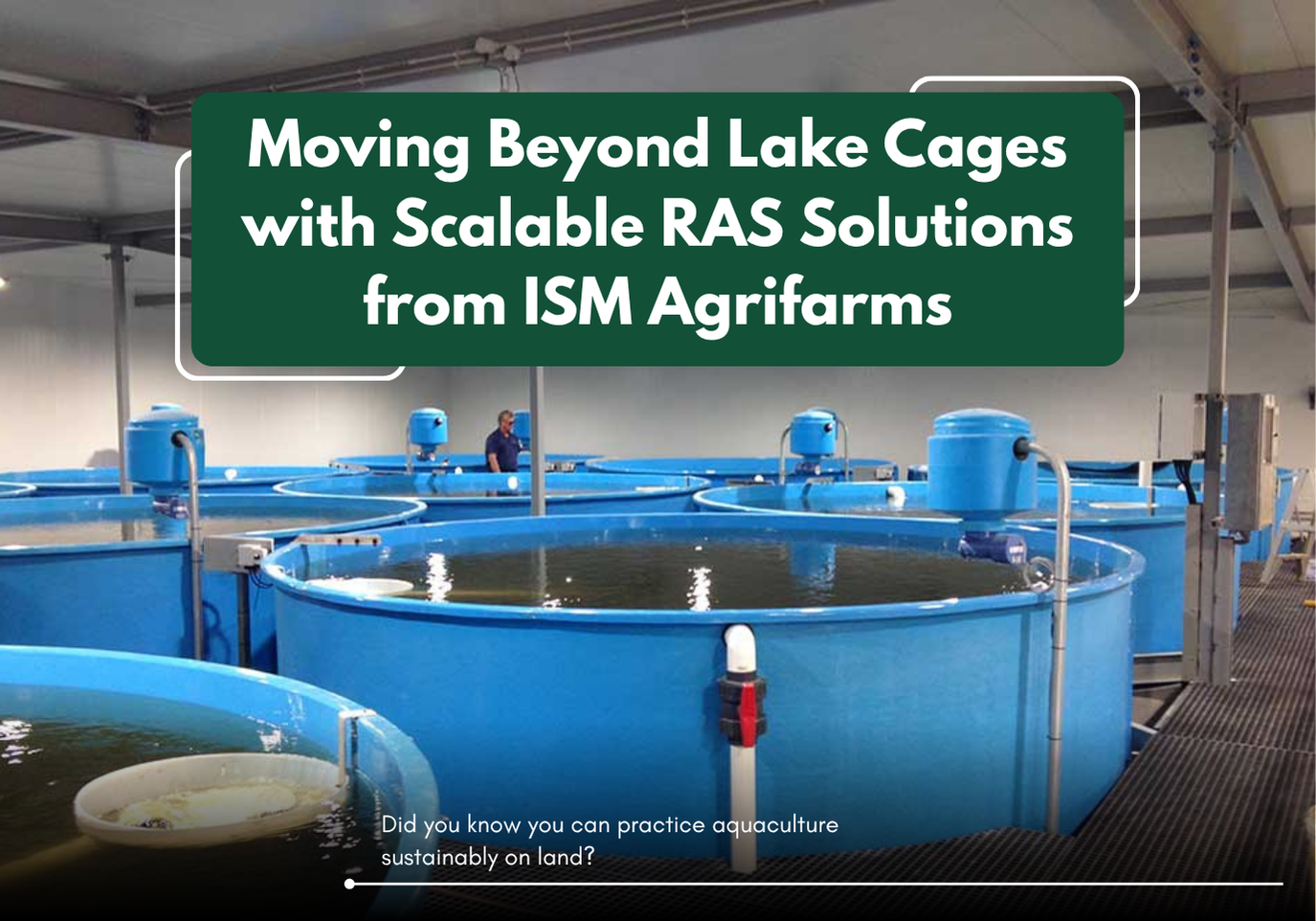Over the past few years, aquaculture has gained momentum as a sustainable alternative to traditional fisheries. Recirculating Aquaculture Systems (RAS) is a technology that has surfaced and gained popularity among aquaculture companies, including ISM Agrifarms, as a means of sustainable fish farming.
These systems use advanced water treatment and filtration methods to recycle and reuse water, creating an optimal environment for fish growth. This article will delve into why RAS is becoming increasingly popular and how ISM Agrifarms has successfully utilized this technology to produce high-quality fish while also minimizing environmental impact. By using RAS, aquaculture businesses can create a controlled and efficient fish farming environment that mimics natural aquatic habitats.
-
Table of Contents
ToggleLow water use

Recirculating Aquaculture Systems (RAS) like the ones implemented by ISM Agrifarms are designed to minimize water usage by continuously filtering, treating, and reusing water within the system instead of being discharged and replaced with fresh water, as in traditional aquaculture systems. This closed-circuit system allows for efficient water resource management, where only a small portion of the water needs to be replenished to compensate for evaporation and water loss through the discharge of solids and metabolic waste. By treating and reusing water, RAS can maintain and carefully control water quality to provide optimal growing conditions for aquatic organisms. Additionally, the controlled water environment in RAS allows for precise management of important parameters such as water temperature, pH, and dissolved oxygen levels, contributing to a more sustainable and environmentally friendly aquaculture approach.
-
Easy harvest
The easy harvest feature is a result of the fact that the entire production system is contained within a controlled environment, the closed-loop system. With RAS, the water is constantly recirculated and filtered, ensuring that the environment remains optimal for the species being cultivated. This in turn leads to a higher rate of growth, better health, and increased production of aquatic species. The controlled environment of RAS makes it possible to schedule harvests more efficiently.
Also Read:
Africa’s fish and meat industries have prospects thanks to The African Continental Free Trade Area (AfCFTA).
In RAS, the fish are typically kept in tanks, which can be drained for harvest. This means that the harvest process is much easier, as the fish can be simply collected and transferred to a holding tank for processing. The entire process is less labor-intensive compared to traditional aquaculture methods, where the fish must be caught and transported from large, open-water
environments. It hence ensures better overall economic results.
-
Full disease control
Recirculating Aquaculture Systems (RAS) like those utilized by ISM Agrifarms provide effective disease control compared to traditional open-water systems. The system allows for precise control over water quality, temperature, and other factors that impact the health of aquatic species, reducing the risk of disease outbreaks. Continuous water filtration in RAS also contributes to disease control by maintaining water quality. Moreover, RAS facilitates better monitoring and management of the aquatic species as they are kept in tanks that are easily observed for any signs of disease, allowing for early detection and prompt intervention.

-
Optimal feeding strategy.
Recirculating Aquaculture Systems (RAS), offer an optimal feeding strategy that maximizes the growth and health of cultured species. The controlled water quality and quantity in RAS make it possible to implement a precise feeding strategy that ensures the fish receive the right amount of nutrients, vitamins, and minerals while avoiding overfeeding. This is crucial in maintaining optimal water quality and preventing issues such as increased levels of nitrogenous waste. Automation in RAS makes feed management easier by allowing automated feeders to be programmed to dispense feed at specific times and in specific amounts, which reduces the chances of overfeeding. Thus, RAS offers an efficient feeding strategy that can enhance fish growth while maintaining optimal water quality.
In conclusion, Recirculating Aquaculture Systems (RAS) offer numerous benefits to aquaculture operations, from efficient water use and disease control to optimal feeding strategies and environmental sustainability. If you’re interested in implementing RAS into your aquaculture business, we encourage you to contact ISM Agrifarms for more information and guidance on how to get started. With the right expertise and support, you too can reap the benefits of this innovative technology and take your aquaculture operations to the next level.
For more info get in touch with us through 0797968817 or info@ismagrifarms.com





One Response
It’s my first experience reading your great arts.Keep up the spirit.viva!